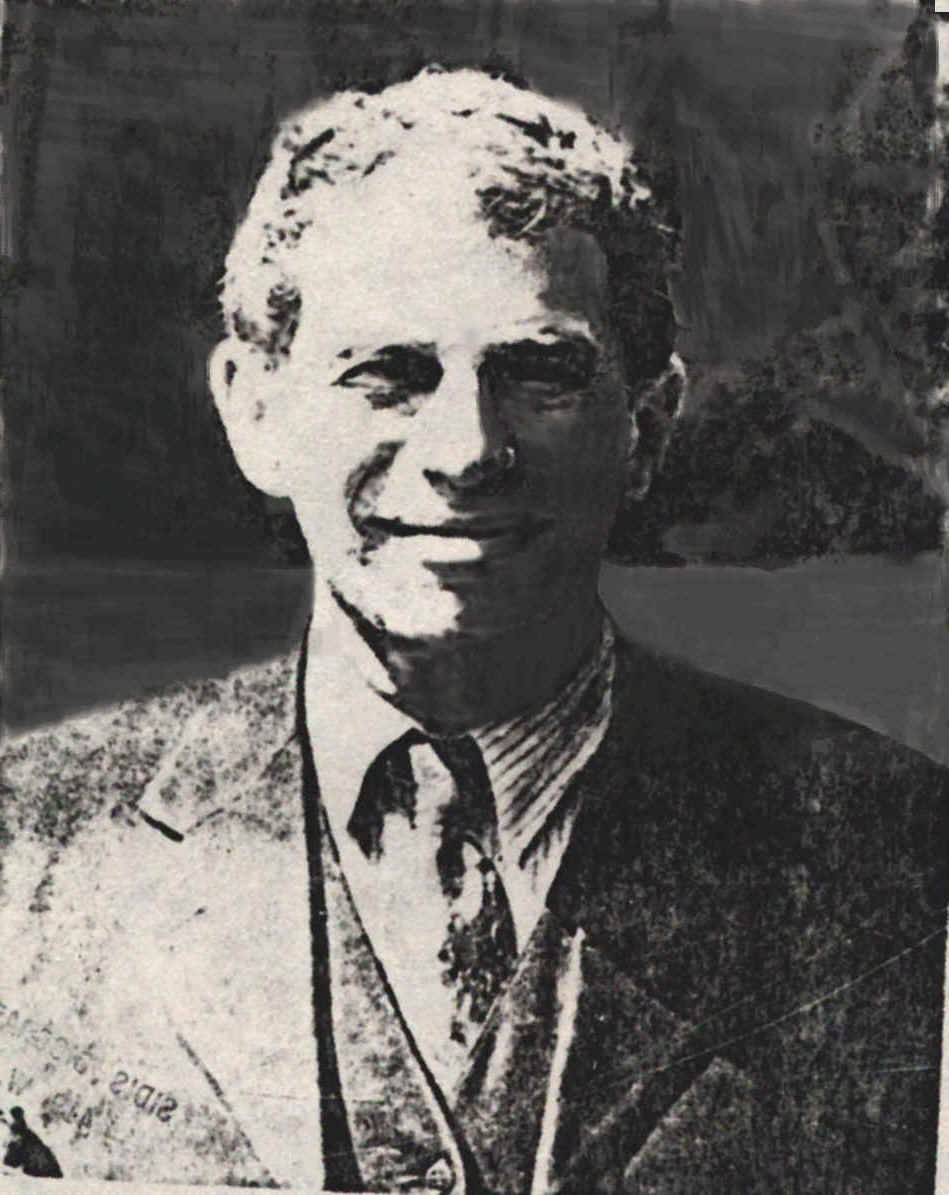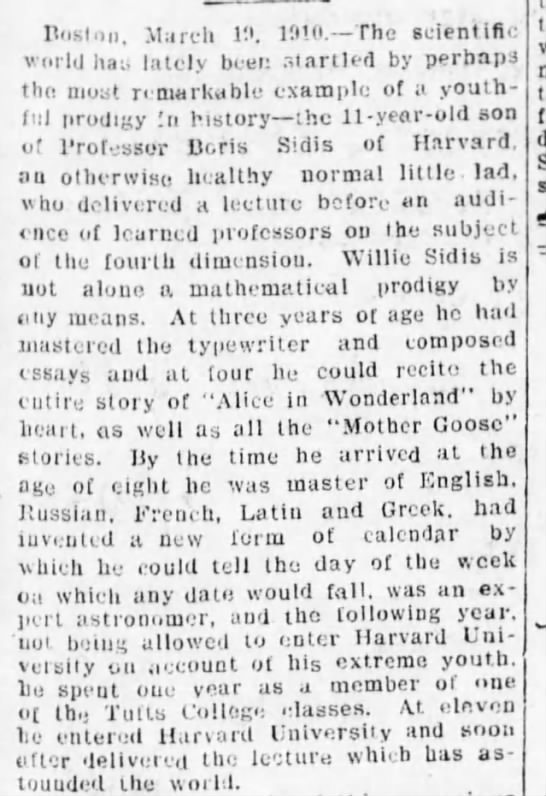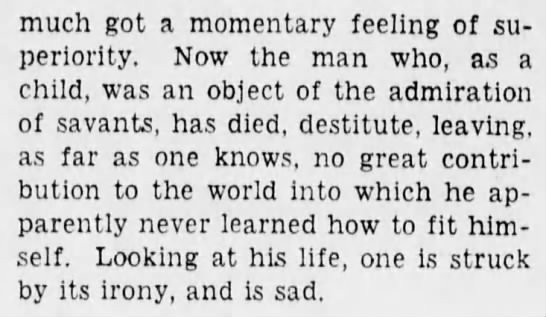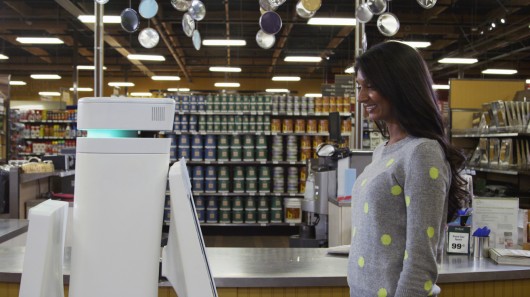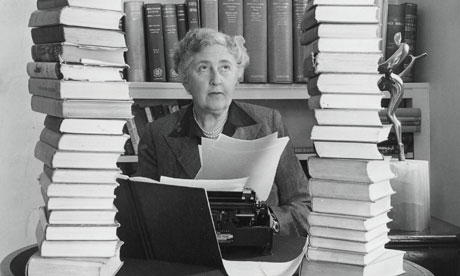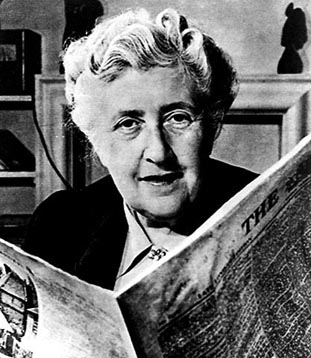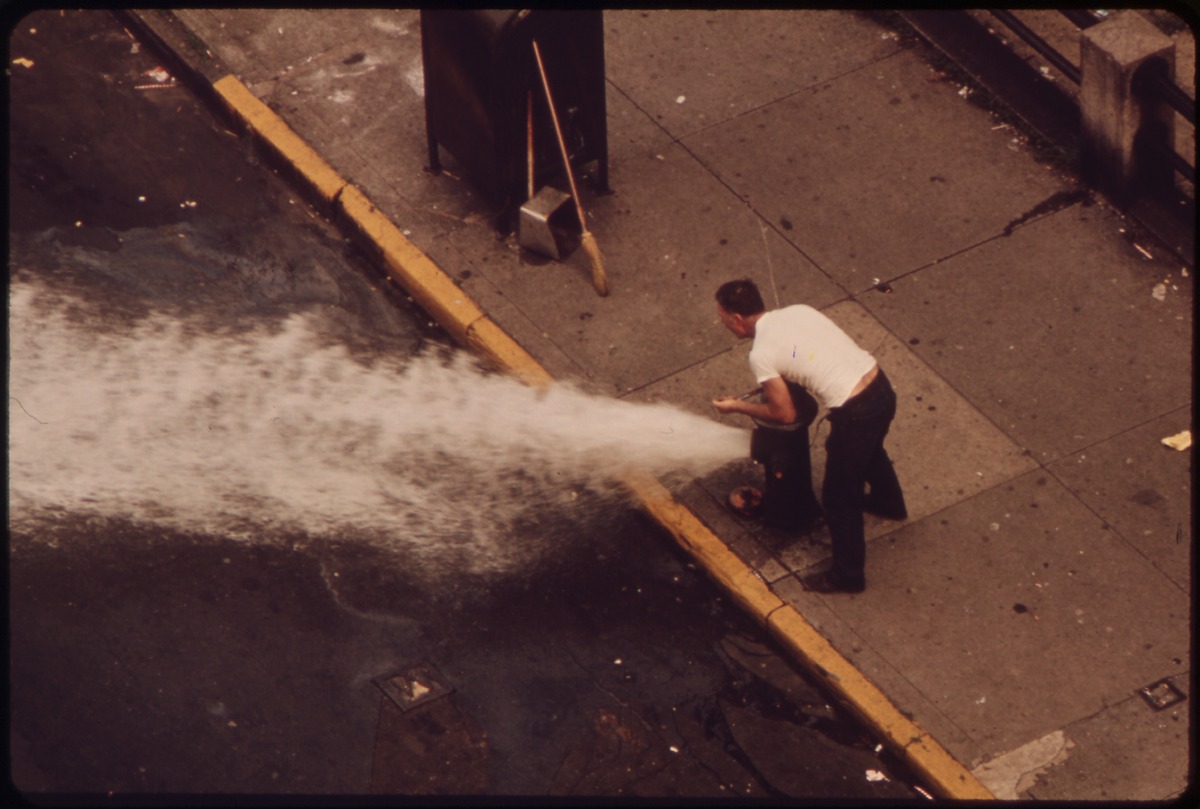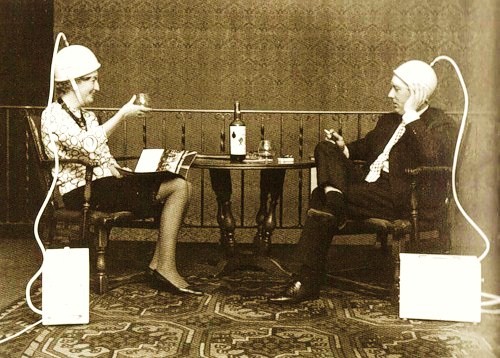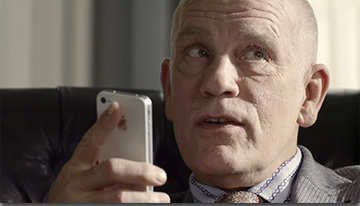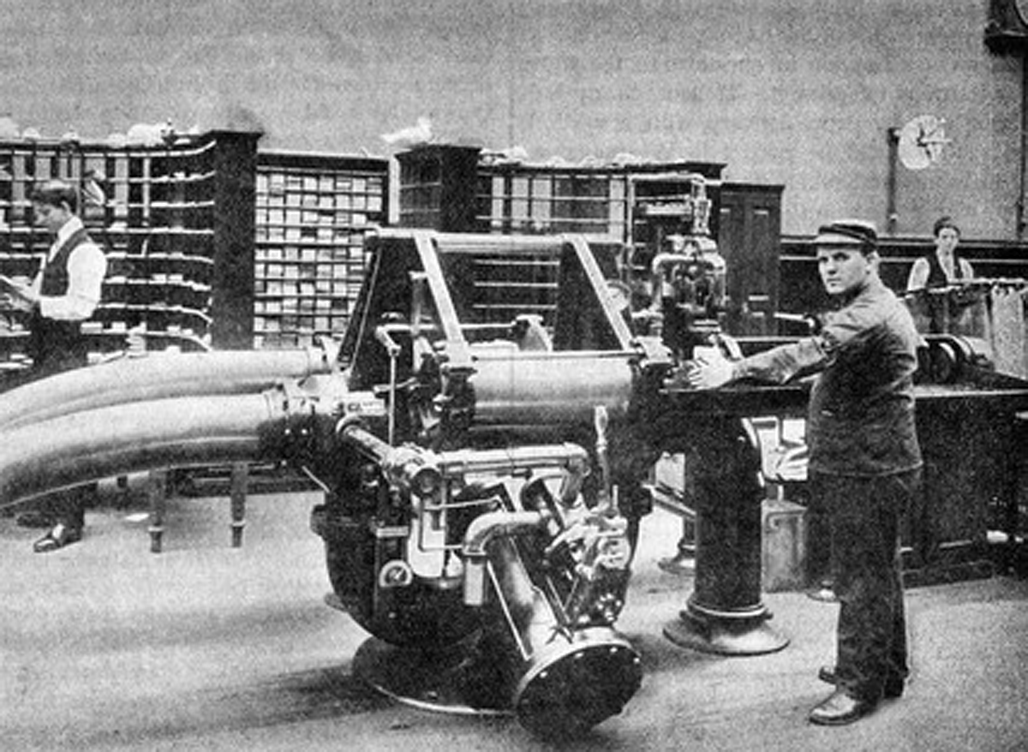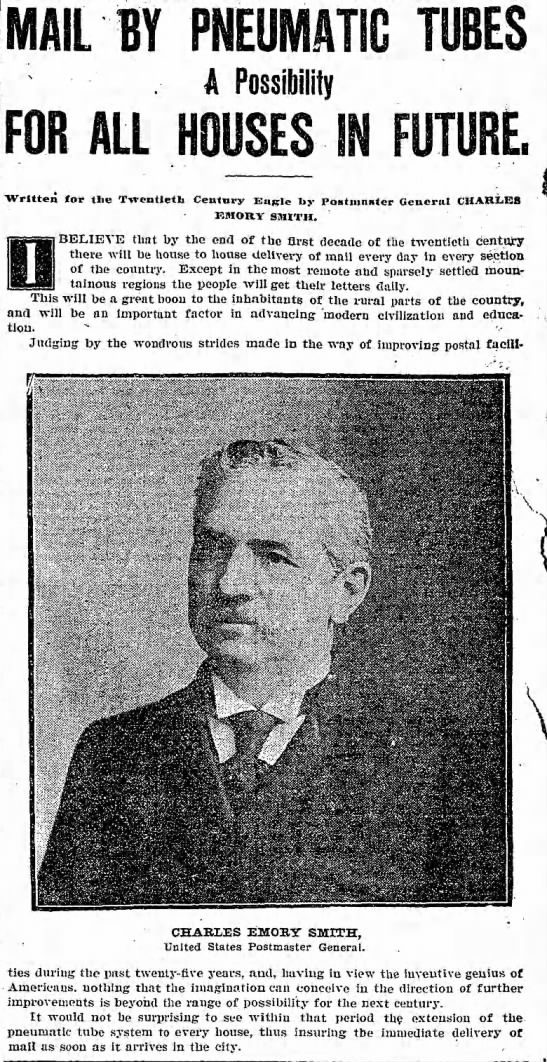The unemployment rate is falling in America, but wages aren’t rising in most sectors, which is counterintuitive. Two explanatory notes about U.S. employment in the aftermath of the 2008 economic collapse, one from Eric Brynjolfsson and Andrew McAfee’s The Second Machine Age, and the other from Derek Thompson’s Atlantic article “The Rise of Invisible Unemployment.”
____________________________
From Brynjolfsson and McAfee:
“A few years ago we had a very candid discussion with one CEO, and he explained that he knew for over a decade that advances in information technology had rendered many routine information-processing jobs superfluous. At the same time, when profits and revenues are on the rise, it can be hard to eliminate jobs. When the recession came, business as usual obviously was not sustainable, which made it easier to implement a round of streamlining and layoffs. As the recession ended and profits and demand returned, the jobs doing routine work were not restored. Like so many other companies in recent years, his organization found it could use technology to scale up without the workers.”
____________________________
From Thompson:
“3. The rise of invisible work is too large to ignore.
By ‘invisible work,’ I mean work done by American companies that isn’t done by Americans workers. Globalization and technology is allowing corporations to expand productivity, which shows up in earnings reports and stock prices and other metrics that analysts typically associate with a healthy economy. But globalization and technology don’t always show up in US wage growth because they often represent alternatives to US-based jobs. Corporations have used the recession and the recovery to increase profits by expanding abroad, hiring abroad, and controlling labor costs at home. It’s a brilliant strategy to please investors. But it’s an awful way to contribute to domestic wage growth.“•




